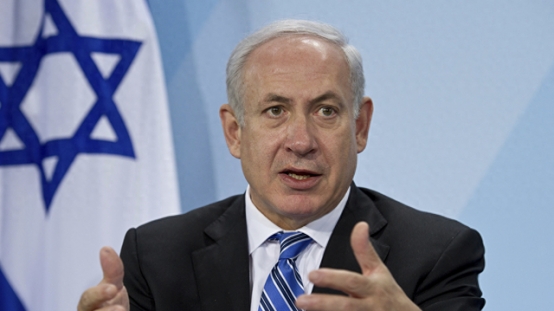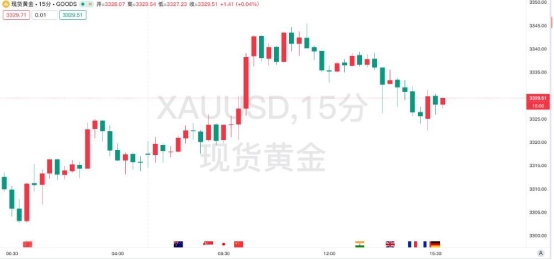Netanyahu's tough stance triggered an escalation in the Middle East situation, and the demand for gold as a safe haven surged to a one-week high
- 2025年5月23日
- Posted by: Macro Global Markets
- Category: News


On the evening of May 21st local time, Israeli Prime Minister Netanyahu held his first press conference since December 2024, declaring that Israel will have full control over the entire Gaza Strip and that "the war will be fought until it is won." The remarks mark an escalation in the goal of Israel's military operations in the Gaza Strip, from "eliminating Hamas" to "permanently controlling the territory." Netanyahu stressed that the ceasefire must be "temporary" and must be based on the disarmament of Hamas, the expulsion of its leadership and the complete demilitarization of Gaza.
On May 22, the Israeli army launched a large-scale air strike in the Gaza Strip code-named "Infrastructure Clearance Plan", hitting 115 targets within 24 hours, including Hamas' underground tunnels, weapons depots and command centers. Data from the Gaza health department showed that the daily death toll climbed to 56, including 17 children, and the humanitarian crisis further worsened. At the same time, Israel's comprehensive blockade of Gaza has led the United Nations Relief and Works Agency for Palestine Refugees in the Near East to warn that the people of Gaza face the dual threats of famine and epidemics.
II. International Community Response and Escalating Geopolitical Risks
Changing attitudes in Europe and America
The United Kingdom, France and Canada issued a rare joint statement condemning Israel's military actions as "beyond the scope of self-defense" and threatening to take joint actions including sanctions. EU High Representative for Foreign Affairs and Security Policy Kallas announced the launch of a review of the EU-Israel Association Agreement, and French Foreign Minister Barrow bluntly stated that Gaza has become a "death trap."
Although the United States has not directly condemned Israel, the Trump administration has restarted its "maximum pressure" policy on Iran, implying support for Israel's potential strike on Iran's nuclear facilities.
Chain reaction in the Middle East
Yemen's Houthi rebels announced a blockade of Israel's Haifa port and warned international ships to take a detour. The commander of Lebanon's Hezbollah was killed in an Israeli airstrike, further escalating regional conflicts. Iran has formed an "arc encirclement" of Israel by supporting the Houthi armed forces and Hezbollah, and the regional conflict is at risk of evolving into a full-scale war.
3. Immediate reactions and driving factors of the gold market
Surging safe-haven demand pushes gold prices higher
Affected by the escalation of geopolitical risks, international spot gold hit a high of US$3,336.92 per ounce during the Asian session on May 22, up 0.66% from the previous trading day, setting a one-week high. It is currently fluctuating around 3,330.

The U.S. dollar index plunged 0.6% on Wednesday, falling below the 100 mark to 99.33, hitting a new low in nearly two weeks. The demand for the U.S. 20-year Treasury bond auction was weak, and the winning rate soared to 5.047%, showing that international investors' confidence in U.S. bonds has reached a freezing point. The Trump administration’s tax cut bill may increase federal debt by another $3-5 trillion, and the expectation of fiscal deficit monetization will exacerbate the dollar credit crisis.
As expectations of a rate cut by the Federal Reserve increase and domestic bank interest rates continue to decline, the opportunity cost of holding gold decreases, and funds are shifting to zero-interest assets such as gold at an accelerated pace.
IV. Risk Warning
Risk of technological pullback: The gold RSI has entered the overbought area (85). If a top divergence occurs, be alert to short-term adjustments.
Risk of policy shift: If the Federal Reserve unexpectedly sends hawkish signals or the geopolitical situation suddenly eases, it may trigger long positions to take profits.
Position management: It is recommended that the position of a single transaction should not exceed 3% of the total funds, and the stop loss should be moved up to the cost line in time after making a profit.
